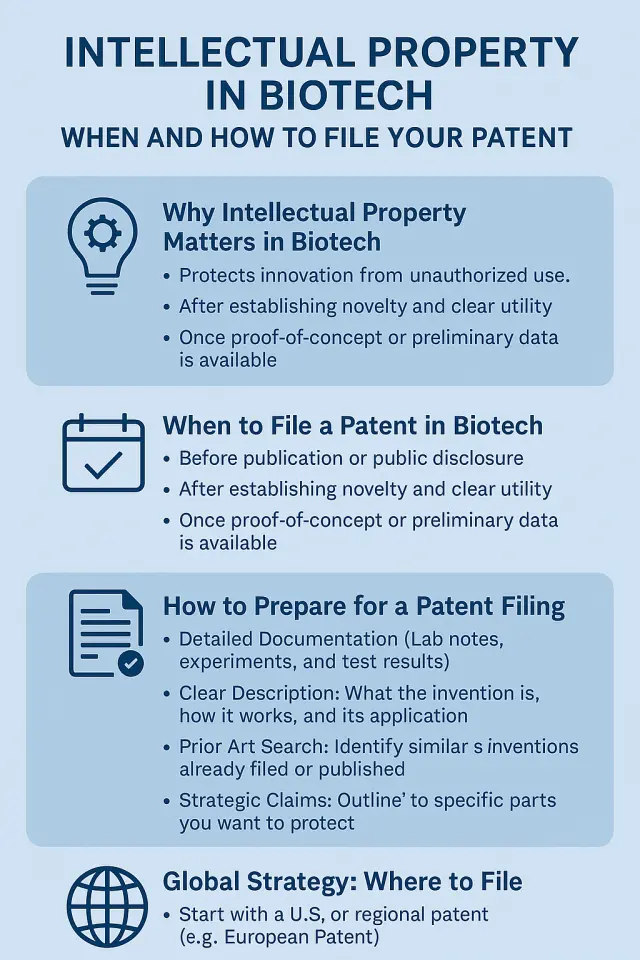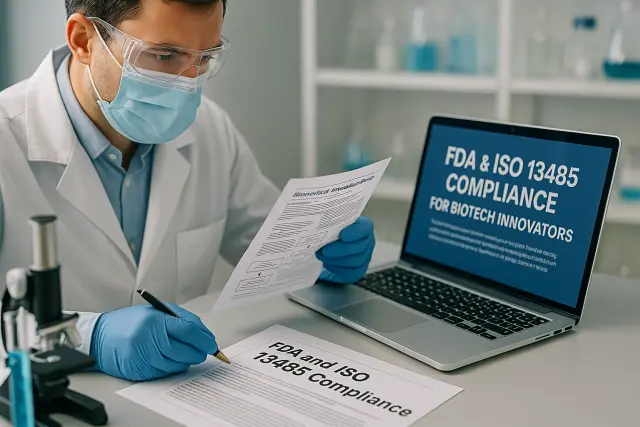Securing funding is one of the biggest hurdles for biotech startups — but it’s also one of the most rewarding milestones. Government and institutional grants, such as those from NIH, NSF, or SBIR programs, can provide the capital needed to turn scientific innovation into market-ready solutions.
At ComingTechs, we’ve helped clients secure millions in grant funding. Whether you’re applying for a Phase I SBIR or a research-based NIH grant, this blog will walk you through what funders are really looking for — and how you can stand out.
1. Understand What the Grant Is Really About
Before writing a single word, make sure you deeply understand:
- The goals of the funding agency
- The specific call or solicitation
- The eligibility criteria
Each grant has a unique mission. Some fund early-stage research, while others prioritize commercialization or public health impact. Align your proposal with the agency’s goals — not just your own.
2. Clearly Define the Problem and Your Solution
Funders want to see that you’re solving a real, unmet need. Your proposal should answer:
- What is the scientific or medical problem?
- Why does it matter?
- What makes your approach unique or innovative?
- What are the expected outcomes and impact?
A strong problem-solution statement backed by data and citations builds credibility right from the start.
3. Build a Strong Technical Plan
Your research plan should be:
- Structured: Break it into aims or milestones
- Feasible: Show that the plan can be executed within the timeframe
- Backed by Evidence: Preliminary data, references, or pilot studies help
- Risk-aware: Acknowledge risks and show how you’ll mitigate them
Use clear visuals like timelines or Gantt charts to guide reviewers.
4. Showcase Your Team’s Expertise
Reviewers need to trust that your team can do the job.
Include:
- Brief bios highlighting relevant expertise
- Past success with similar projects or publications
- Partnerships with research institutions, CROs, or consultants
- Advisory board or collaborators (where applicable)
Pro tip: Funders often favor multi-disciplinary teams with both technical and business skills.
5. Don’t Skip the Commercialization Plan
Especially for SBIR, STTR, or NSF grants, your proposal should include:
- A clear go-to-market strategy
- Target customer segments and value proposition
- IP or patent status
- Milestones for product development, trials, and sales
This proves that your innovation has a viable path to impact and sustainability.
6. Follow Formatting Guidelines to the Letter
Sounds simple, but many great proposals get rejected because they:
- Exceed page limits
- Use incorrect fonts or margins
- Omit required sections or budget details
Double-check submission rules — every detail matters.
7. Get Expert Review Before Submitting
Before you hit submit, get feedback from:
- A grant consultant or mentor
- Someone outside your field (for clarity)
- Your team (for accuracy)
At ComingTechs, we offer full proposal reviews to help refine clarity, compliance, and impact — dramatically improving success rates.
✅ Final Thoughts
Writing a winning grant proposal is part science, part storytelling, and part strategy. The best proposals clearly explain the innovation, show the team’s capability, and match the funder’s mission — all within tight page limits.
Let’s make your next proposal a success.
👉 Book a Free Consultation with ComingTechs to discuss your funding goals today.





